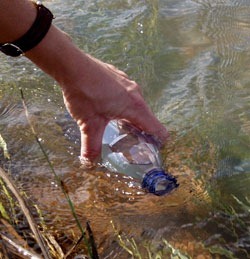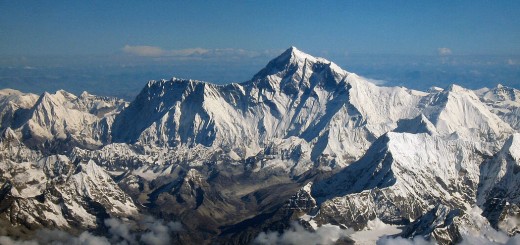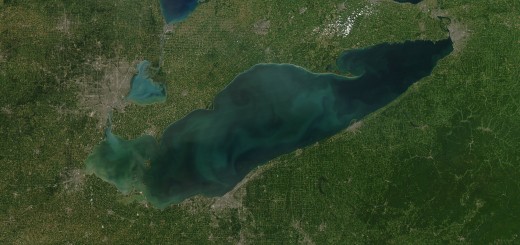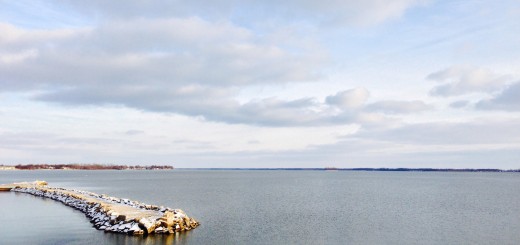Buckeye Lake’s Floating Cranberry Island
2Ohio’s Buckeye Lake is one of the oldest reservoirs in America. Its shores touch three counties in Ohio. But most interesting is what floats within its coasts: a cranberry bog.
The floating island is the only known to exist in the U.S. and supports rare flora, including round-leafed sundew and pitcher plants, which are both carnivorous. Orchids, like pink Calopogons or pogonias, also bloom there. The dominant vegetation are cranberry plants, and they bloom in June of each year.

Buckeye Lake, May 2009. (Credit: Flickr User WorldIslandInfo.com via Creative Commons)
The unique island ecosystem, known as Cranberry Island, was created by glaciation. When the Wisconsin Glacier was pushing its way south, experts say cold air surrounding it pushed boreal vegetation (marked by cone-bearing trees) along with it. As the glacier receded over the course of thousands of years, southern plant species reclaimed areas they had lost. Meltwater began to accumulate in river valleys during this time, and sphagnum moss took hold, providing an ideal growth area for cranberries.

A cranberry bog in Edaville, Mass. (Credit: Flickr User Andrew Watson via Creative Commons)
In the 1900s, state engineers flooded the valleys to create a feeder lake for the Ohio – Erie canal, and all but the most buoyant bog land was placed underwater. Buckeye Lake at that time had the right acidity for growing and supporting the sphagnum moss, a pH of around 4.5, and Cranberry Island spanned 50 acres or more.
Nowadays, the island is threatened by waters that are becoming more basic. And the National Natural Landmark is today only eight acres in size. Studies conducted by the National Park Service and Ohio Department of Natural Resources found that there is nothing that can be done to save it. Eventually Cranberry Island will disappear.














The great and malevolent State of Ohio is proposing leaving Buckeye Lake at winter pool levels (at least 3′ lower) for FIVE years. What impact would this have on the Bog? Thanks, Pete Myer
[…] possible impacts to the lake’s famous – and rare – cranberry bog. It relies on more acidic waters just to exist, and many wonder how the bog’s acidity will change with less […]